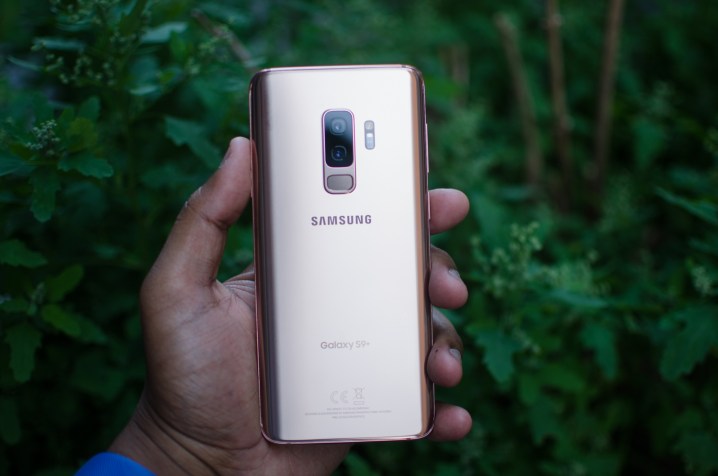
Arguably the most highly anticipated Android phones of the year arrived last winter. Samsung unveiled the Galaxy S9 and the Galaxy S9 Plus at Mobile World Congress at the end of February, and both feature a beautiful edge-to-edge design, a revamped camera, and the latest and greatest Qualcomm processor.
Here’s everything you need to know about the two phones. You can check out our Galaxy S9 review and Galaxy S9 Plus review for a more in-depth analysis.
Updates
The Verizon Galaxy S9 and S9+ are getting a Night Mode
Newer smartphone cameras are being hailed for their Night Modes, but it turns out you can bring similar features to older phones too, through software updates. Samsung is doing just that — bringing a Night Mode to the Verizon variants of the Samsung Galaxy S9, Galaxy S9+, and Galaxy Note 9. The new feature will be made available through the next security update.
Night Mode is excellent for shooting photos in low-light situations, as they’re great at brightening up photos a little without adding too much noise or other artifacts. We’ve seen similar modes in a range of other phones, including the Google Pixel 3 and Galaxy S10.
Early test build of Samsung Experience 10 (Android 9.0 Pie) shown on the Samsung Galaxy S9
Samsung has never been one to push out Android updates quickly, and needing to create the custom Samsung Experience UI is usually the reason why. However, Samsung might be further ahead than we thought, according to some pictures of Samsung Experience 10 (Android 9.0 Pie) running on the Galaxy S9.
You’ll find that a lot of the UI has changed to the more rounded style we’ve seen Android adopt in Android 9.0 Pie, with rounded edges to menus and windows, and more circular buttons. One major addition is a new AMOLED Dark theme, which Samsung is calling “Night Theme.” As befits the name, it’s possible to set this to trigger during certain hours, or when the user is in darkness.
This redesign has also been added to other Samsung system apps, and you’ll find a more circular design prevalent in Samsung Messages, Dialler, and other apps. Even Bixby has seen a touch-up on the ol’ style front, and includes support for the night theme.
Samsung isn’t implementing the revolutionary gesture system from Android 9.0 Pie as is, but it does seem to be adding some form of gesture control. Instead of having a central bar, Samsung has kept the three buttons at the bottom of the screen, with the option for users to swipe up when the buttons are hidden in order to activate them. It’ll be interesting to see how this works in practice. Samsung has added a long-missing feature too — lift to wake, so your phone will wake up when you pick it up off a table.
Does this mean we’re likely to see an update for the Galaxy S9 and Note 9 soon? Probably not for a little while yet. There were more than a few bugs in this, according to the report, including night theme being stuck in on mode, and the phone crashing if the user tried to start AR Emojis. Still, it’s a good sign, and it does mean we could be seeing a public beta a lot sooner than we’d previously anticipated.
Frozen characters join the Disney cast as AR Emojis

AR Emojis are fun, but the fun would rapidly wear off if it weren’t for Samsung’s insistence on adding new characters to its roster. The latest addition to the Galaxy S9’s AR Emojis are the four main characters from Disney’s Frozen, so users can now pose as Anna, Olaf, Kristoff, and Elsa. To get started with one of the four, open your AR Emoji mode, tap the plus icon on the top-right to open the Galaxy Apps store, and download the new Frozen pack.
The crew from Frozen join other Disney characters, including the cast from The Incredibles, Mickey Mouse, and other beloved Disney characters.
New AR Emoji features
When AR Emoji was released back in March, there were only basic customization options such as the ability to change hair color, eye color, and clothing. With the latest update, however, users will be able to make more detailed adjustments through the new My Emoji Editor function. After snapping a photo of yourself, there will be an option available to fine-tune your AR Emoji’s lips, cheeks, nose, eyes, and more in order to match your own features more accurately.
In addition, AR Emoji’s face-tracking function has been enhanced. With a 65-percent increase in “landmark detector points,” the update will be able to track your features more precisely. And with an improvement in frame rate, your AR Emoji will also be able to mirror your movements in a way that’s more accurate and natural.
You can read more about AR Emoji toward the end of this article.
New colors
Samsung’s keeping the Galaxy S9 and S9 plus fresh with a new color — Sunrise Gold. The color was originally unveiled in May, when Samsung announced it for the U.K. with a June 29 launch date, but the company just said Sunrise Gold will be available for fans in the U.S. a few days earlier. The color is a traditional, bright gold, rather than a take on rose gold, as has been fashionable in the past. We spent some time with it, and it simply adds even more layers of class to the Galaxy S9 — take a look at some of the photos above. The Sunrise Gold Galaxy S9 and S9 Plus will go on sale in the U.S. on June 24, and you can nab it from Best Buy and Samsung’s website.
Additionally, a titanium gray Galaxy S9 and S9 Plus will be sold exclusively by Carphone Warehouse in the U.K., and Samsung will carry both new colors on its website from August 24. Samsung also unveiled a Burgundy Red Galaxy S9 and S9 Plus earlier this year, but sadly it’s only available in China and South Korea.
Support for ARCore

Google’s ARCore, a platform for building augmented reality experiences, initially launched a few months back and works on more than 100 million Android devices — but that list initially did not include the Samsung Galaxy S9 and S9 Plus. Google has recently added both smartphones to the list of devices that support the AR toolkit. To use the feature, you’ll have to start by downloading the ARCore app from the Google Play Store. You’ll then be able to choose from a list of more than 60 ARCore apps to download across a variety of categories such as gaming, shopping, art, and more.
Oath partnership
Samsung has announced a partnership with Verizon’s Oath, which includes products and services from AOL and Yahoo. Galaxy S9 and S9 Plus devices will come with four of Oath’s most popular apps pre-installed — the Oath Newsroom app, Yahoo Sports, Yahoo Finance, and Go90. This deal seeks to place Oath’s content and partner advertisements in front of users who are increasingly consuming content on mobile devices rather than larger screens.
“The amount of content consumption on phones is continuing to skyrocket, and I think brands and consumers want more high-quality content,” Oath’s CEO Tim Armstrong told Reuters.
The initial deal only applies to Verizon Galaxy S9 phones, and Samsung says that you can indeed uninstall the apps if you so choose. So, if you got your Galaxy S9 unlocked or through another carrier, you won’t have to deal with the apps. As a part of the deal, advertisers will also have the opportunity to place “native ads” in Oath’s apps, which Armstrong says is “one step closer to being direct to consumer.” A lot of this Oath content will be available in Bixby Home, as Oath is now Samsung’s “premier content partner.” It will be available in the U.S. first and then expand to other markets later. You’ll also find Oath ads within “Galaxy apps and Game Launcher experiences.” If you’re not interested in Oath and its services, you can always turn off Bixby.
Health

Samsung’s phones have had a heart rate sensor and health app S-Health for a few generations now, but Samsung is looking at even more ways it can help users to focus on their health. Galaxy S9 and S9 Plus owners will be able to use the stress and blood pressure tracking abilities of My BP Lab, as well as take part in an exclusive study of adults in the U.S. Upon logging into the app for the first time, users will also be asked to participate in a three-week University of California, San Francisco, research study on sleep, exercise, diet, and other elements of their health. Thanks to the Samsung Galaxy S9’s amazing optical camera system, users will be able to track their health easily and accurately, and the app will provide them with tips and advice to improve their general health, as well as offer insights based on the data it gathers. Users will be able to see their stress levels for each day of the week, and perhaps learn how to manage their stress better.
Refined design

At first glance, you might find it a little hard to tell the Galaxy S9 apart from its predecessor, the Galaxy S8. It’s got the same Super AMOLED Infinity Display, including the same Quad HD+ resolution, and the same display size — 5.8-inches on the Galaxy S9 and 6.2-inches on the Galaxy S9 Plus. Upon closer inspection, however, you can see some subtle differences — like the fact that the bezels are slightly smaller, and that the fingerprint sensor on the back has been repositioned to be more accessible.
While we love the glass-over-metal design of the Galaxy S9, you’ll definitely want to invest in a good case. Although Samsung boasts this year’s flagships are more durable than the S8, the difference appears to be minimal. SquareTrade, a company that offers extended warranties for smartphones, put the S9 through a battery of durability tests and found that while it is more durable than the S8, significant damage was caused by drops from any angle. In terms of repairability, the S9 has not improved over the last generation.
There have been a few small improvements to the underlying hardware that makes up the display on the S9. DisplayMate recently awarded the Galaxy S9 the highest-ever score on its display tests, an “Excellent A+” rating. The breakdown is exhaustive, but among the improvements from the S8 that were noted were the increased brightness, the close-to-perfect color accuracy, and a user-adjustable white point. They’re not exactly additions that you slap on a billboard, but they all add up, and it’s clear that Samsung has created a smartphone with a world-beating display. Check out our favorite Galaxy S9 and S9 Plus screen protectors that’ll help keep it shining.
You also still get a Bixby button on the Galaxy S9 and S9 Plus. Now, the Bixby button has been a little controversial considering you can’t reprogram it, but Samsung promises that it has been working to make Bixby better. We’ll have to test the phone to see if that’s true.
The phones may not be all that different from the Galaxy S8, but they’re still attractive, and now refined. If you were hoping for a major redesign, perhaps hold out for next year’s Galaxy S10, or even the flexible phone Samsung expects to release in 2019.
Flagship specs
You’ll find a Qualcomm Snapdragon 845 processor powering both Galaxy S9 devices, but apart from the newer and more powerful processor, the specifications are practically the same as the Galaxy S8. The Galaxy S9 features 4GB of RAM with 64GB, 128GB, or 256GB of storage, while the Galaxy S9 Plus offers 6GB of RAM with the same 64GB, 128GB, or 256GB of storage. Both devices offer a MicroSD card slot, so you can expand upon that storage if you so choose.
Key Specs
- CPU: Qualcomm Snapdragon 845
- Memory: 4GB, 6GB (Plus)
- Storage: 64GB, 128GB, 256GB
- MicroSD Slot: Yes
- Screen Size: 5.8 inches, 6.2 inches (Plus)
- Resolution: 2960 x 1440
- Connectivity: Bluetooth 5, NFC
- Battery: 3,000mAh, 3,500mAh (Plus)
- Size: 147.7 x 68.7 x 8.5 mm, 158.1 x 73.8 x 8.5 mm (Plus)
- Weight: 163 grams, 189 grams (Plus)
When it comes to battery, it’s again more of the same. Like last year, the standard-sized phone features a 3,000mAh battery, while the larger Galaxy S9 Plus boasts a 3,500mAh battery. The phones utilize Qualcomm’s QuickCharge 2.0 and can charge wirelessly.
The second biggest improvement to the Galaxy S9 over the S8 is audio. Samsung enlisted the help of Harmon’s AKG, which is under the Samsung brand, for both the stereo speakers and the included earbuds. The S9 doesn’t have dual front-facing speakers — rather, the bottom-firing speaker works in tandem with the earpiece at the top of the phone for stereo sound. The speakers support Dolby Atmos technology for even more spatial sound.
The first and biggest improvement to the S9 is the camera.
Camera, reimagined
Samsung is putting a lot of its marketing budget in advertising the Galaxy S9’s camera — and for good reason since it represents the biggest upgrade to the phone. Like the Galaxy Note 8, the Galaxy S9 Plus has dual cameras. But it’s the main camera on both the S9 and the S9 Plus that’s more interesting.
The main sensor, which packs 12-megapixels, doesn’t have a fixed aperture. It’s a mechanical lens, so its aperture swaps from f/1.5 at night, which is the lowest-ever aperture on a phone, all the way up to f/2.4 during the day. The camera will switch aperture automatically depending on the time of day, but you can also change it yourself manually. The f/1.5 lens will help with low-light photography, while the f/2.4 aperture will provide sharper details in better lighting. We explored the differences between the two modes in our S9 Plus low-light test.
Samsung said it also improved its image-processing software. A tap of the shutter icon now captures more photos, and Samsung’s algorithms are capable of reducing a lot of noise or graininess in low-light photos. Overall, the Galaxy S9 should easily be the best smartphone camera for low-light photography, but we’ll need to try it out to back that claim.
The second camera on the Galaxy S9 Plus is also a 12-megapixel lens, but it offers 2x optical zoom, allowing you to take photos of objects further away. It’s also utilized for features like the blur mode that Samsung calls “Live Focus,” which debuted on the Note 8. If you opt for the standard Galaxy S9, you unfortunately won’t get that second lens and these features.
All these improvements seem to have paid dividends for Samsung, as the initial reports of the camera are strong. Camera testing site DxOMark has awarded the Galaxy S9 Plus the highest score ever to a mobile camera in the photo category, with 104 points being awarded to the larger S9, with the excellent noise control, bright and vivid color reproduction, and overall shooting quality cited as some of the camera’s strongest points. For context, the next-highest scorer in the photo category is the extremely capable Pixel 2, which scored 99 points when it was first released. Those results echo our findings in our own tests between the major flagships, so it’s safe to say the S9 has an exceptionally strong camera.
The S9 Plus wasn’t rated as highly in the video department, scoring 91 — but that score still puts it among the top scorers in that category. The combines photo and video scores for the Galaxy S9 Plus come in at an exceptionally high 99 points — putting Samsung’s latest above the Pixel 2’s 98 points, and making the S9 Plus the highest-scoring camera on a phone yet. This sort of performance from a phone camera really raises the bar in terms of what we can expect from our smartphones.
Samsung also seems to have taken a page out of Sony’s book — the Galaxy S9 and S9 Plus can both shoot slow-motion video up to a hefty 960 frames per second, though the resolution is limited to 720p. It can predict the moment you’ll want to have slowed down, and artificial intelligence will pair a generic music track based on the mood of the video. You can then easily share these videos as GIF files in three different styles: Loop, Reverse, and Swing.
Last but not least, there are some improvements to Bixby — specifically Bixby Vision. The Bixby’s camera now offers live translation, real-time currency conversion, and the ability to try makeup on your face (after which you can purchase that makeup through Sephora or Cover Girl). Bixby’s use as a shopping assistant don’t end there, as Samsung’s assistant can also identify objects seen in real life, and offer purchasing options from Walmart, Sam’s Club, and now Lowe’s Home Improvement. You can even point the camera at food and have Samsung estimate how many calories it has — which can then be ported into S-Health.
AR Emoji
Samsung partnered with Disney to bring Mickey Mouse, Minnie Mouse, and Donald Duck to AR Emoji back in March, but there are even more characters now. In honor of The Incredibles 2 release in June, users now have access to all five family members of the Incredibles. This includes Mr. Incredible, Violet, Elastigirl, Dash, Jack-Jack, and there’s even Frozone. You’re able to use the animated characters to create personalized messages for family and friends that can be saved for sharing with anyone as a GIF. Samsung has also promised that more characters from Zootopia and Frozen will arrive over the coming year. If you’re looking for more in-depth instructions on how to set up your AR Emoji, we’ve set up an AR Emoji guide just for you.
Pricing and availability
You’ll be able to pick up the Galaxy S9 from Samsung for a cool $720, or $30 a month for 24 months. If you’re wanting to pick up the larger S9 Plus, it can be yours with prices starting from $840, or $35 a month for 24 months. In the U.S., the devices went on sale March 16.
Samsung took the wraps off two new storage variants for the Galaxy S9 and S9 Plus in May, so you’re not just stuck with 64GB. New 128GB and 256GB versions give you a lot more space than ever before.
If you’re upgrading from an older Galaxy device, Samsung is also offering a trade-in program that could net you up to $350 off a new S9 or S9 Plus. You can find all the details of trade-ins and discounts on our full guide to buying an S9 or S9 Plus. If you have a Galaxy S9 in your hand, here are the top 10 settings you need to change right away.
Updated on August 5, 2019: The Galaxy S9 is getting a Night Mode.

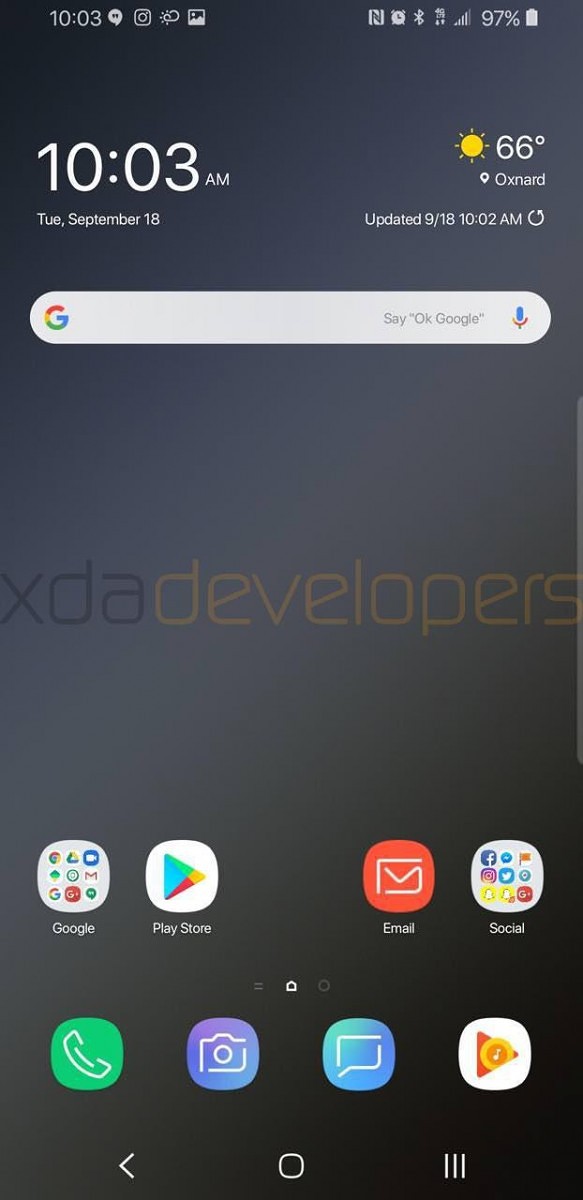
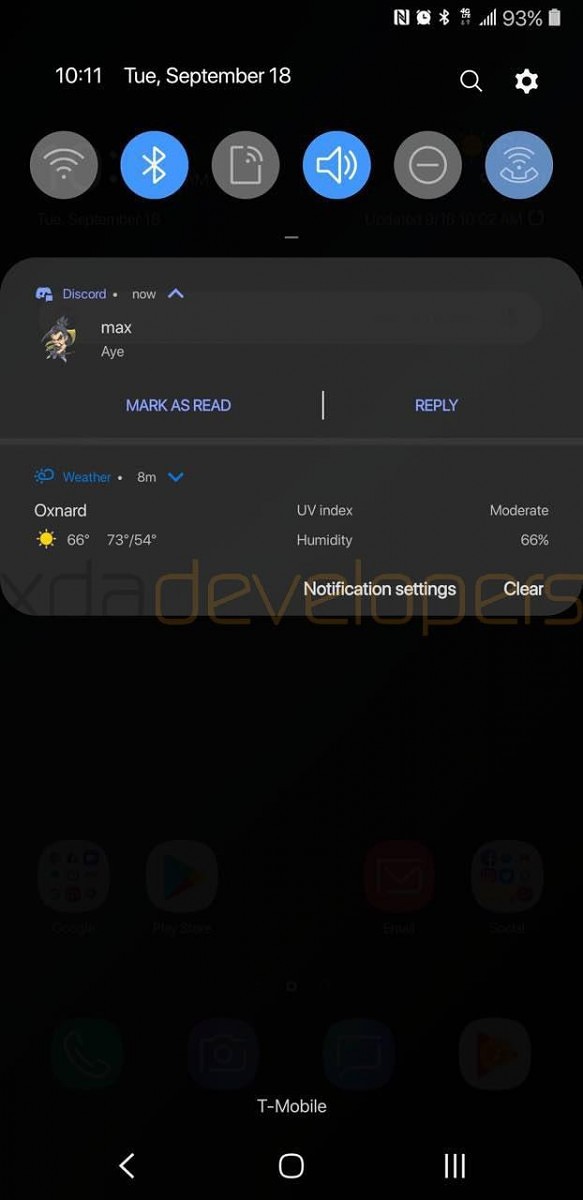
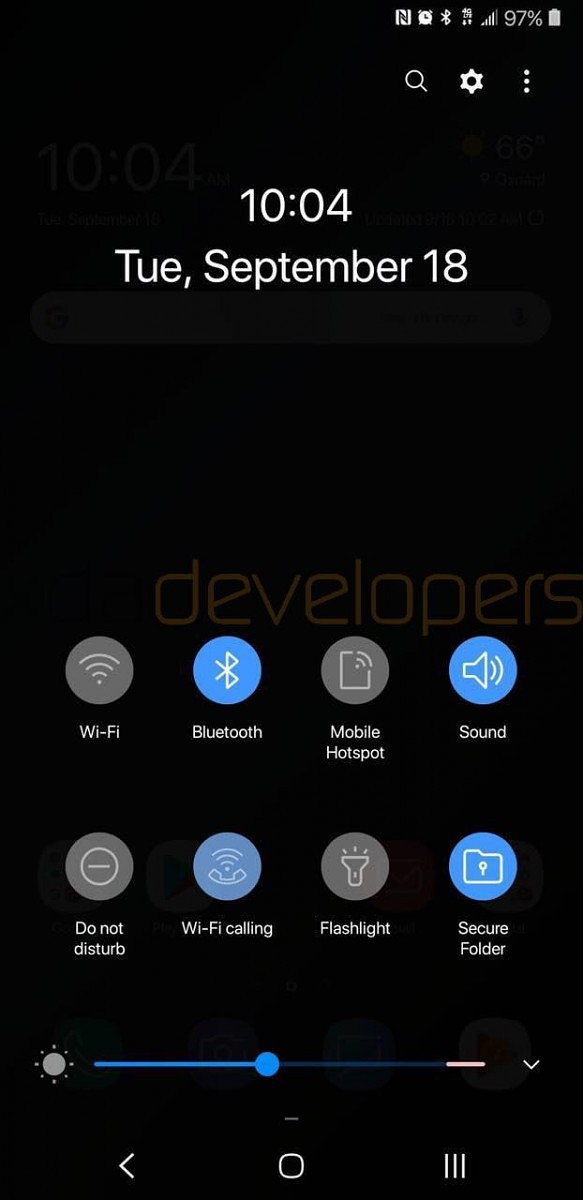
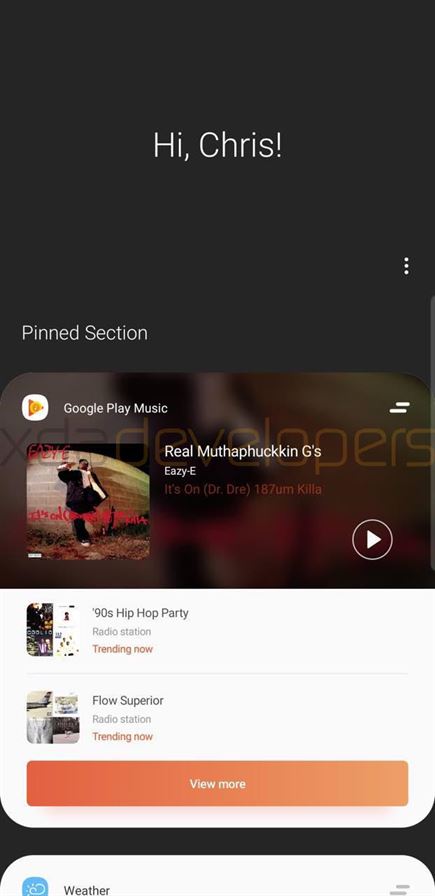
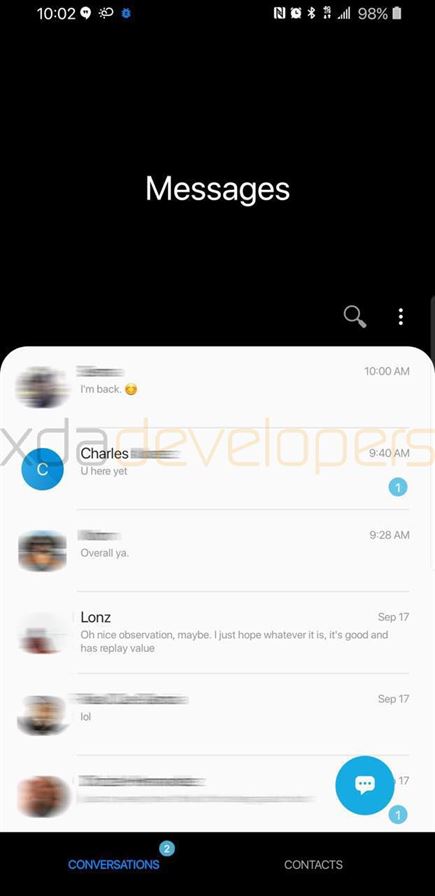
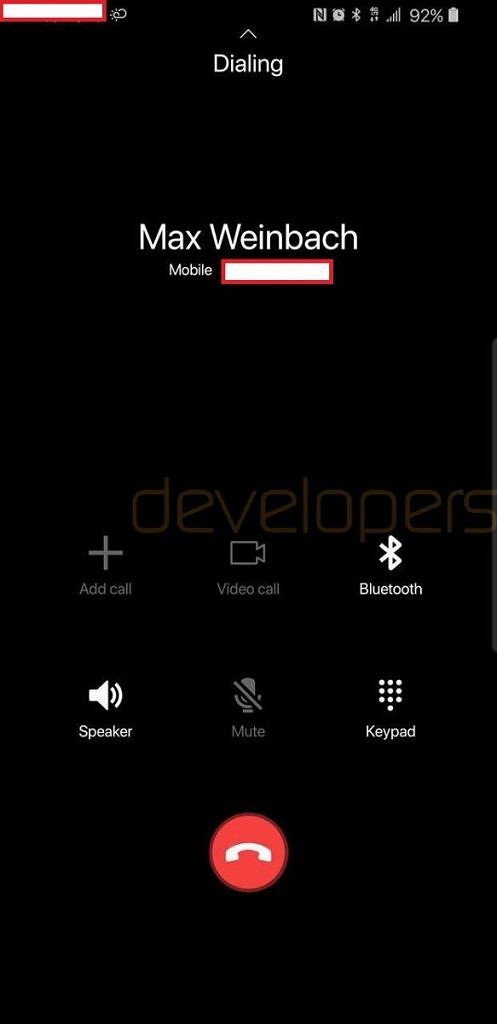
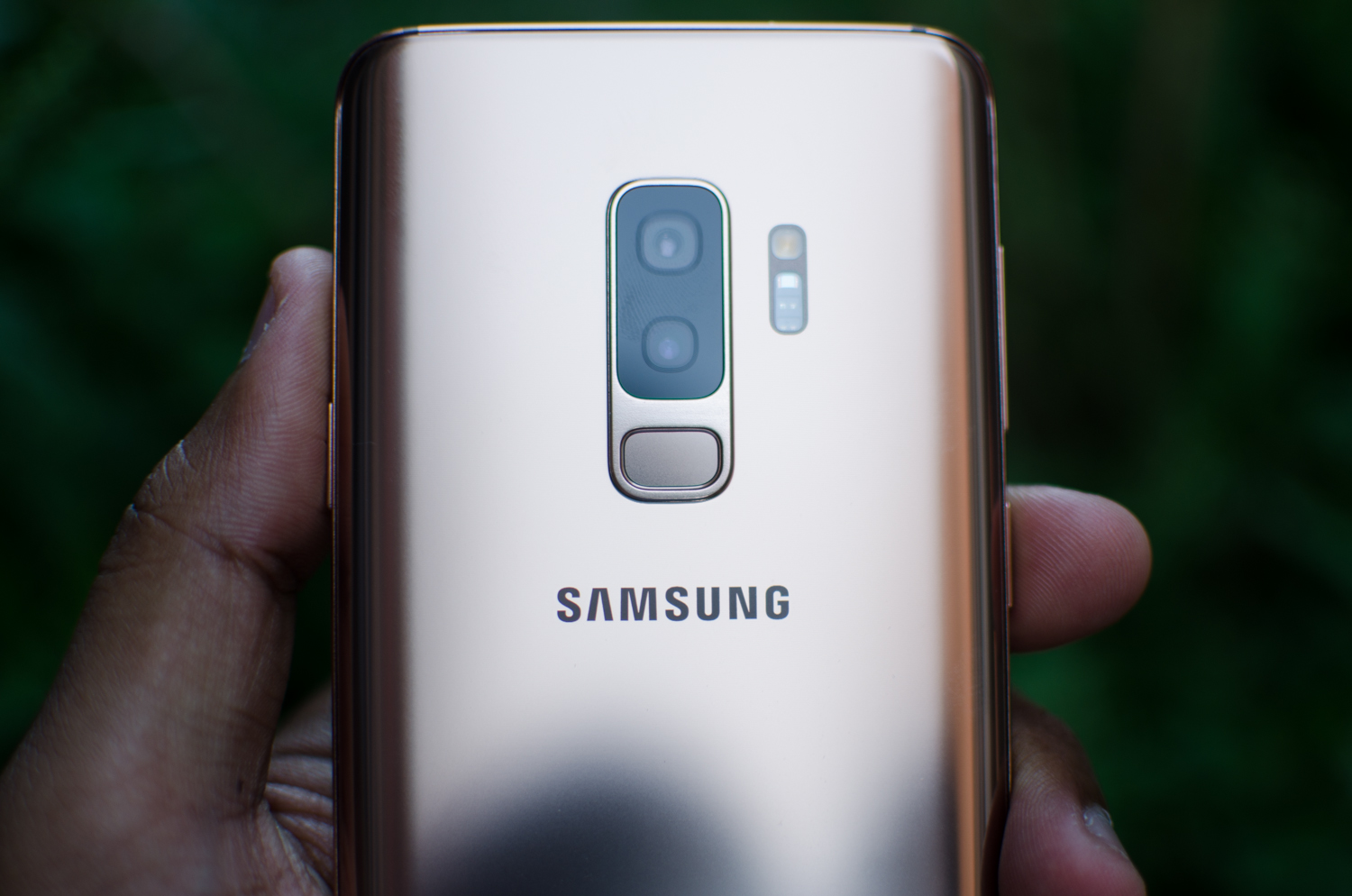
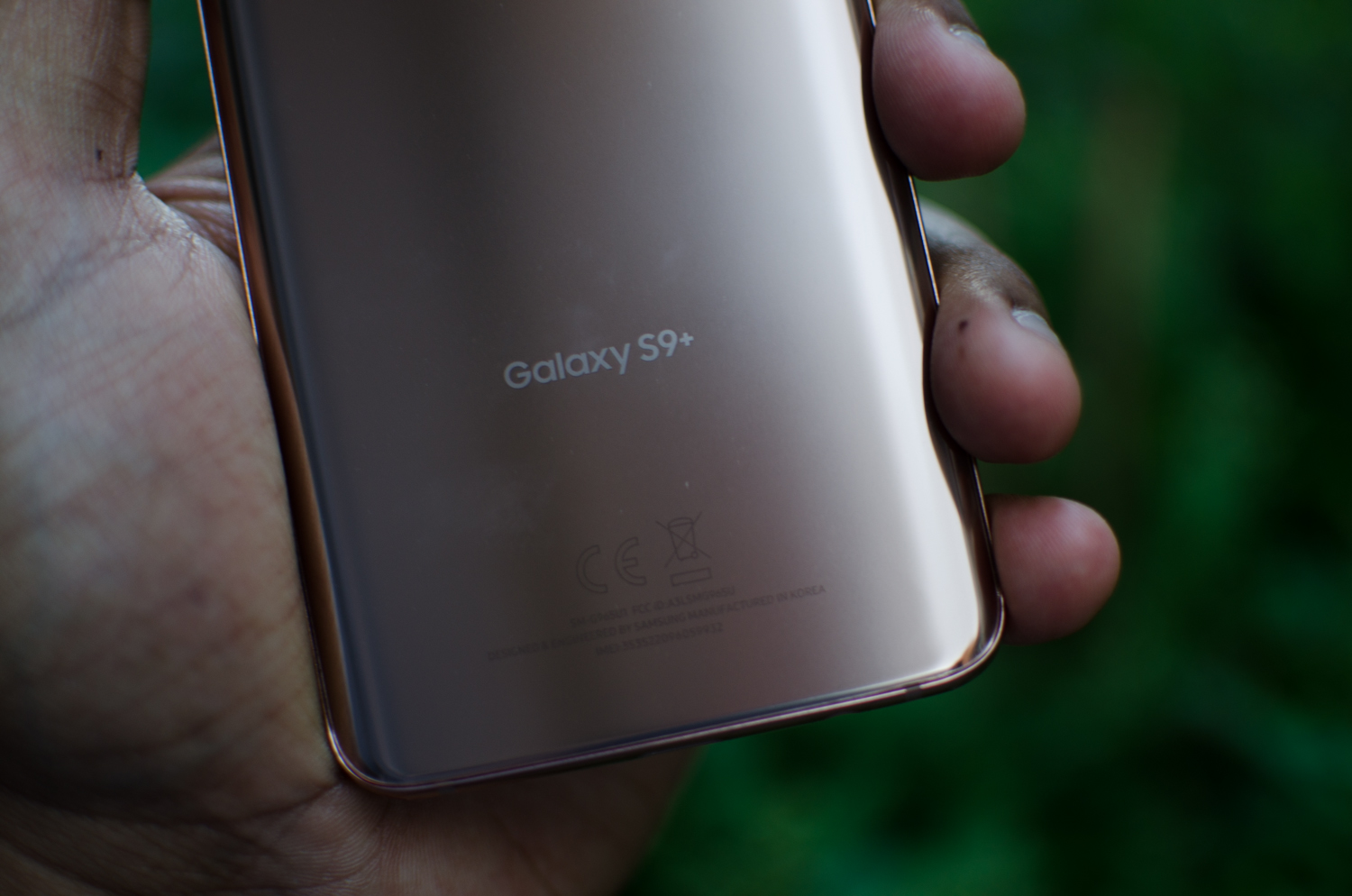
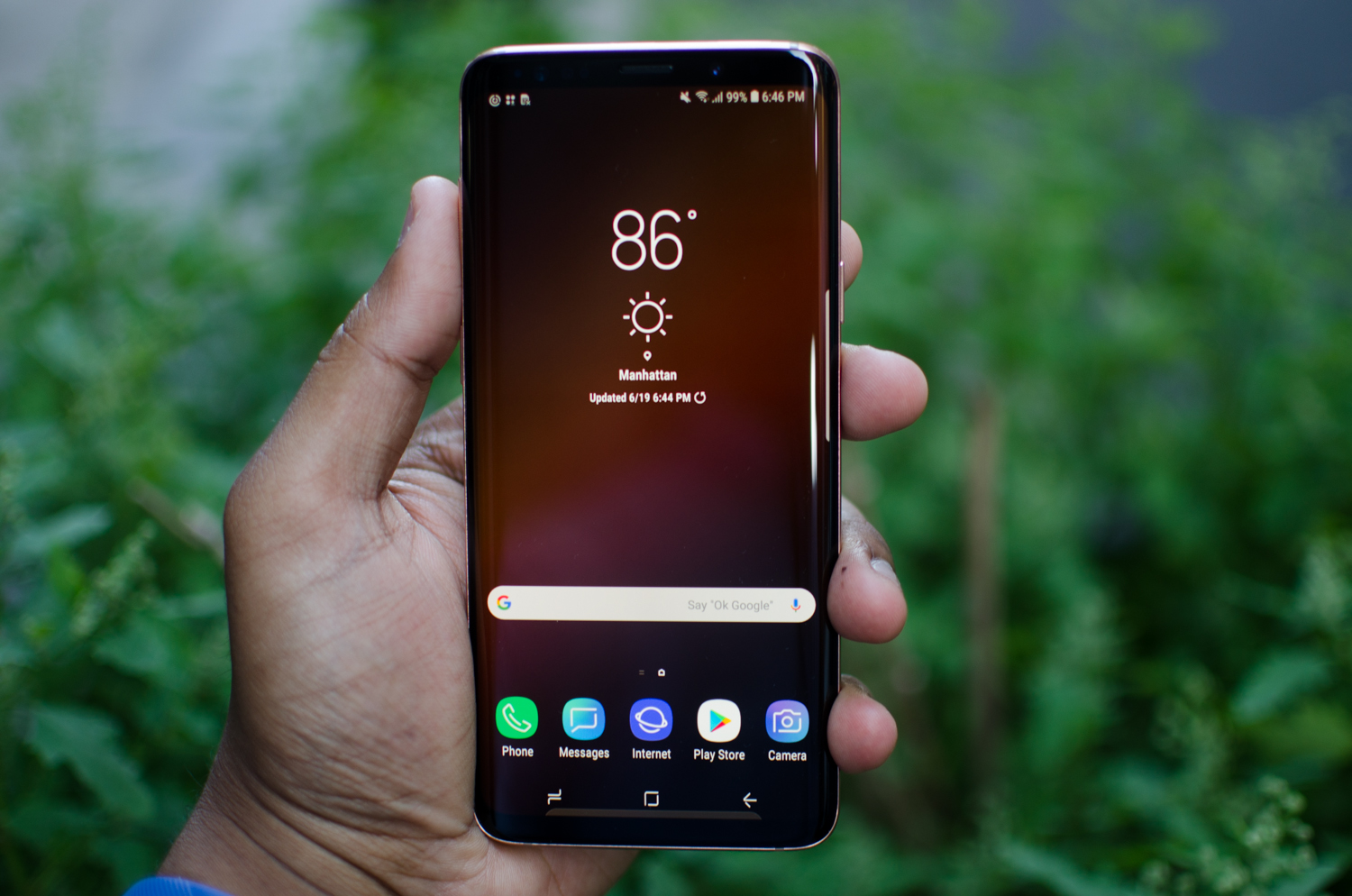
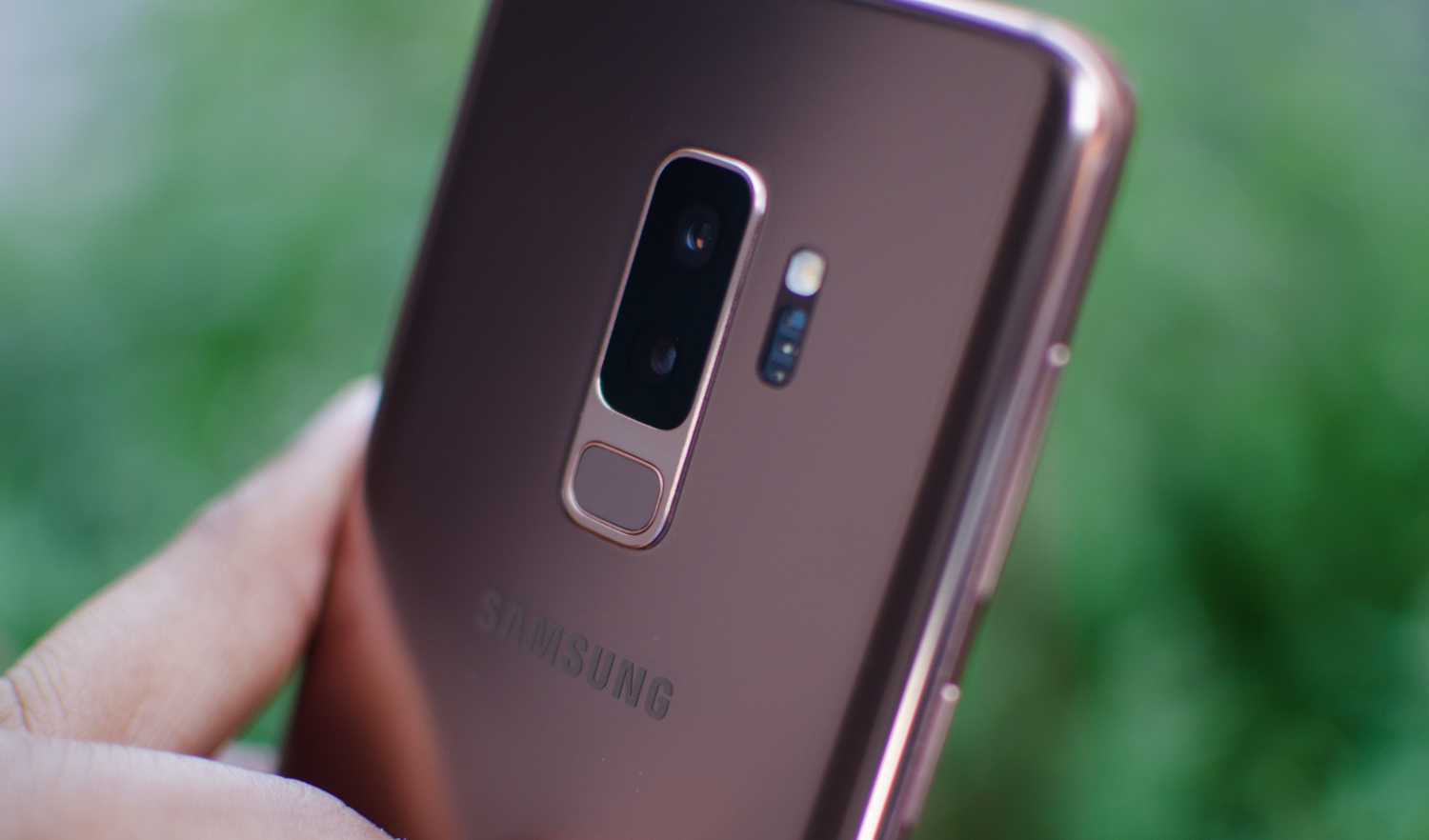
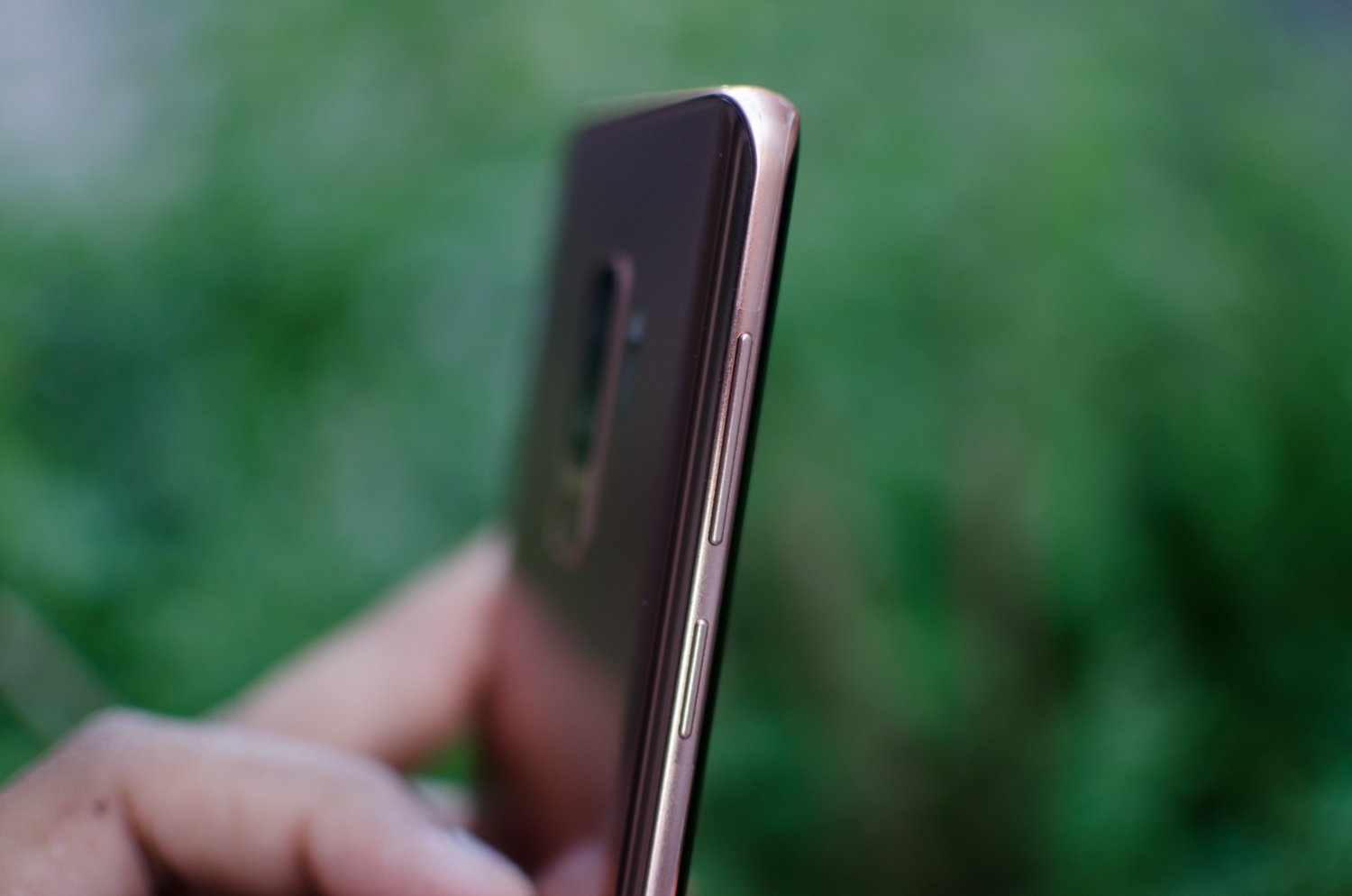
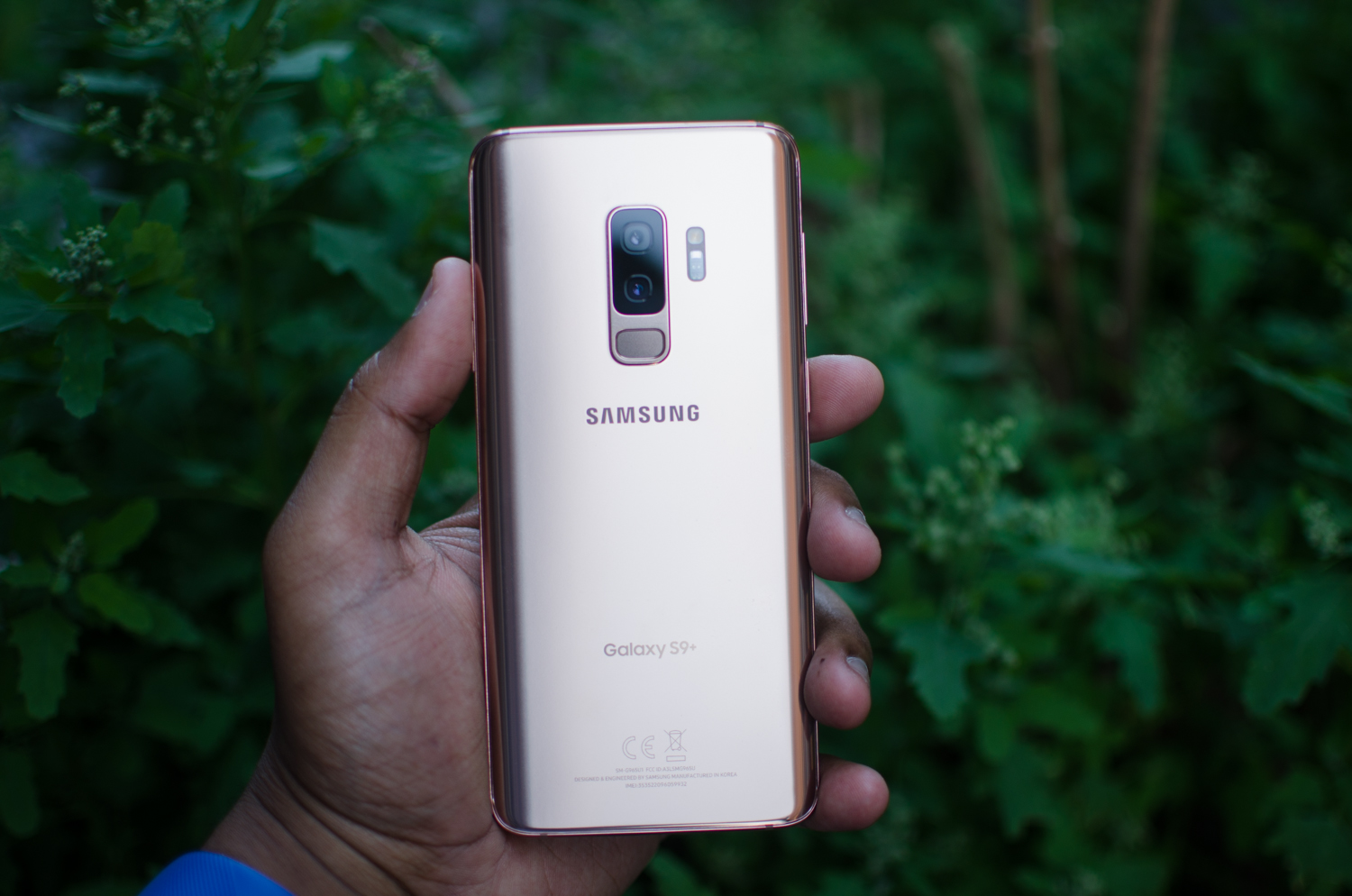








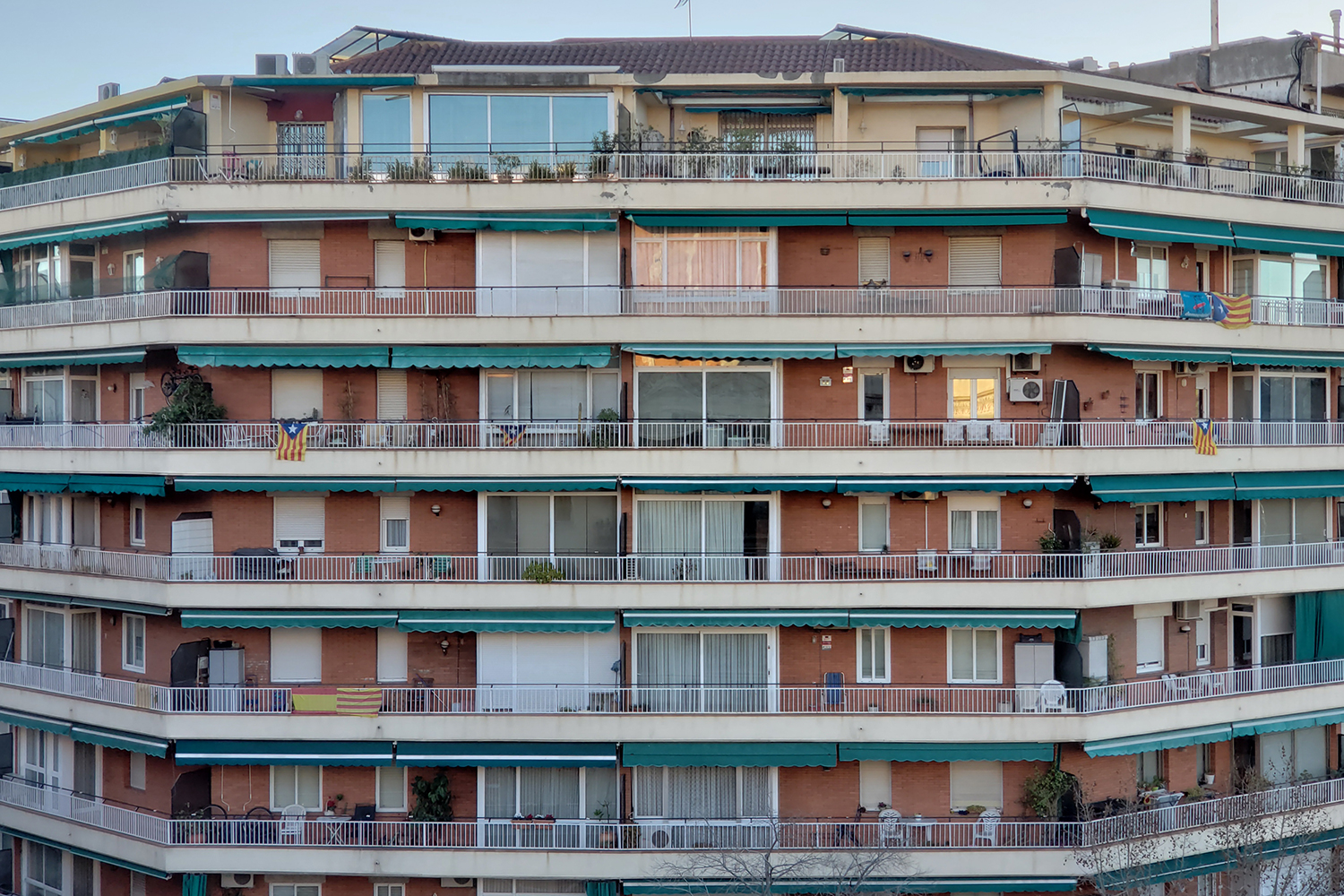

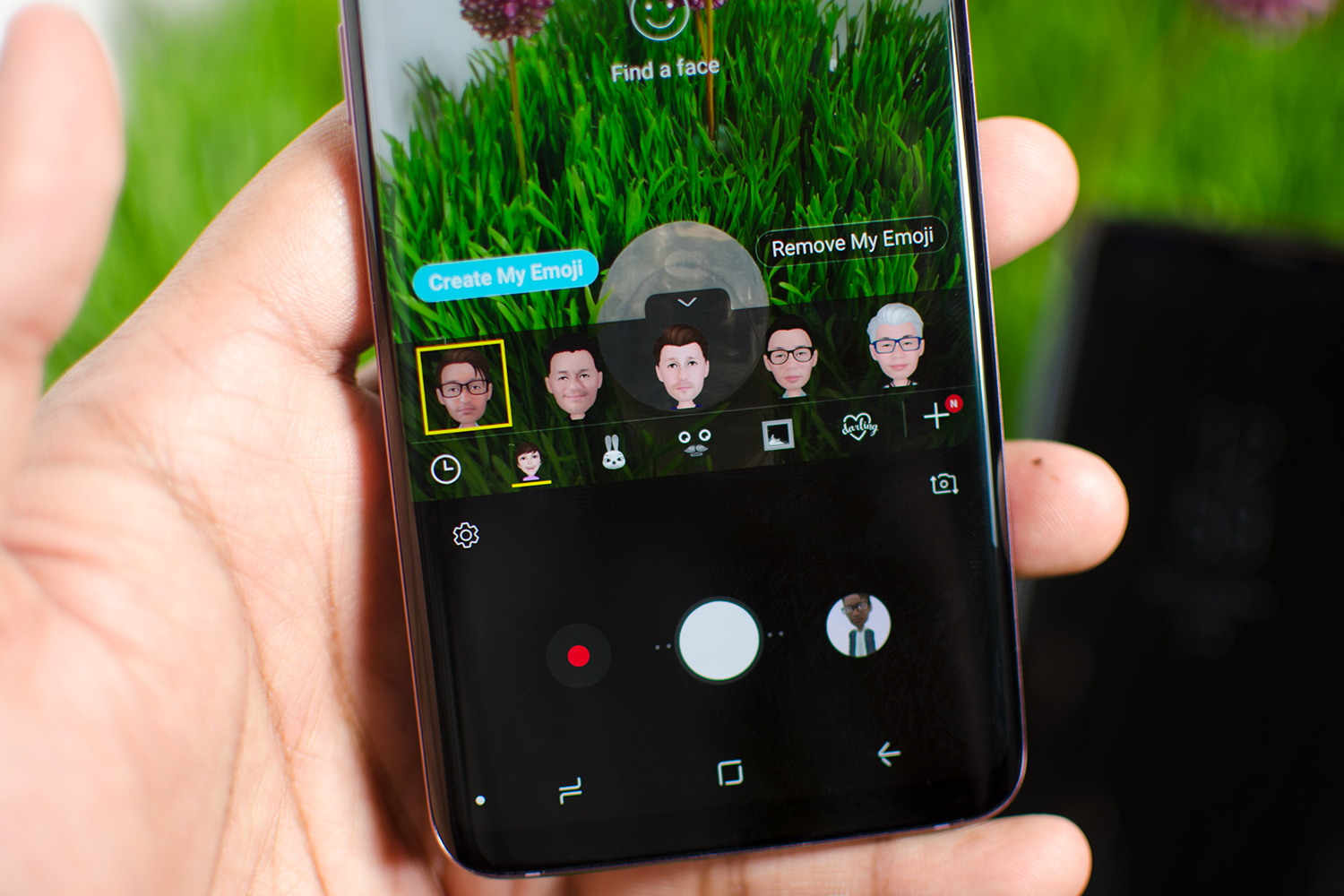 Julian Chokkattu/Digital Trends
Julian Chokkattu/Digital Trends

